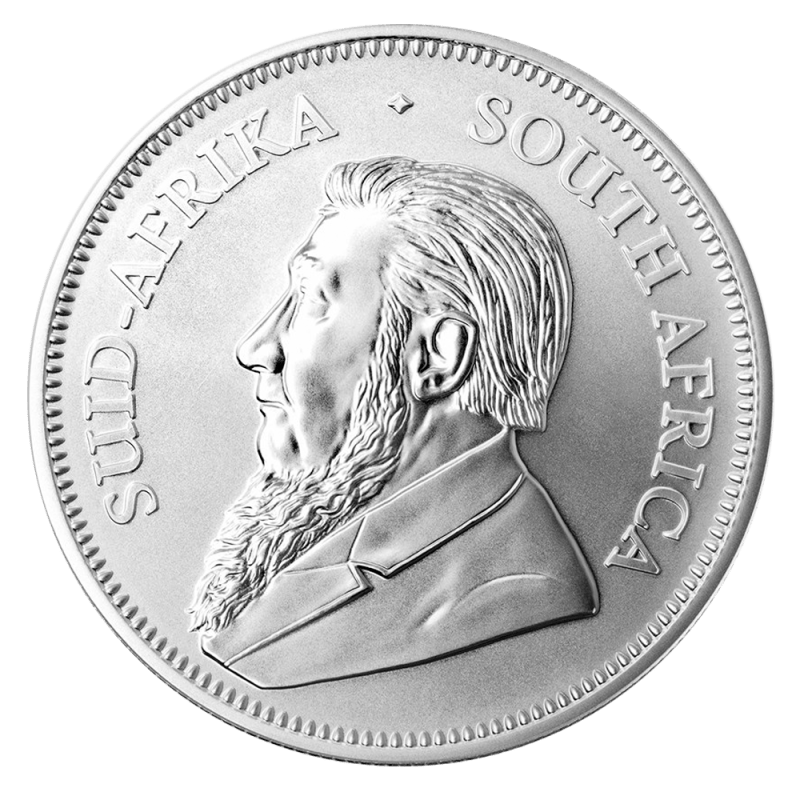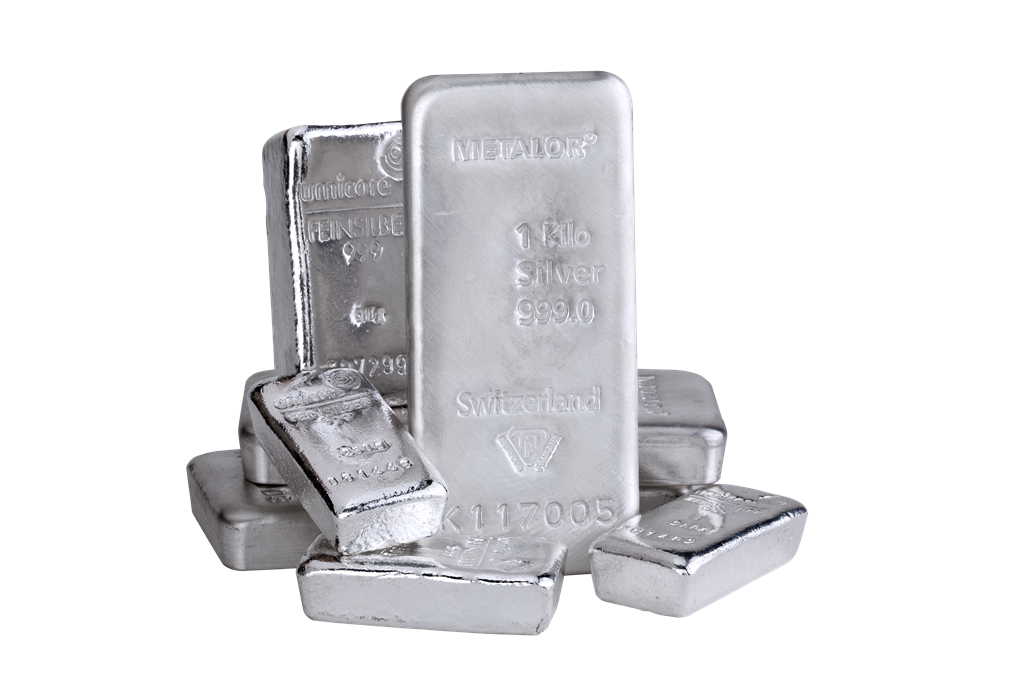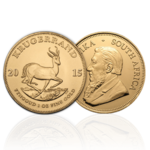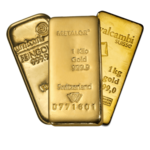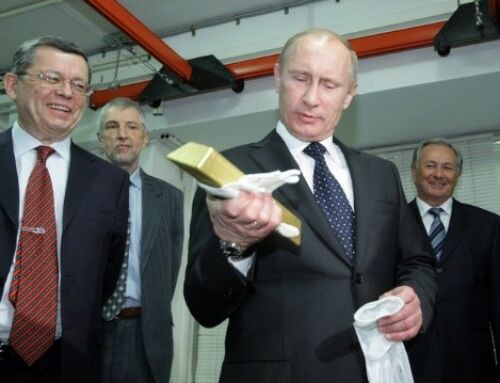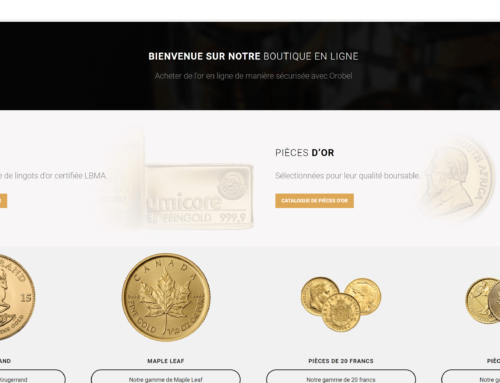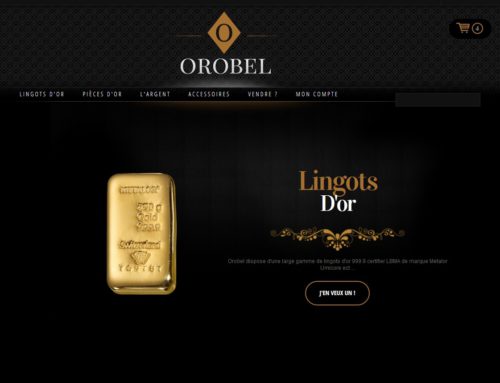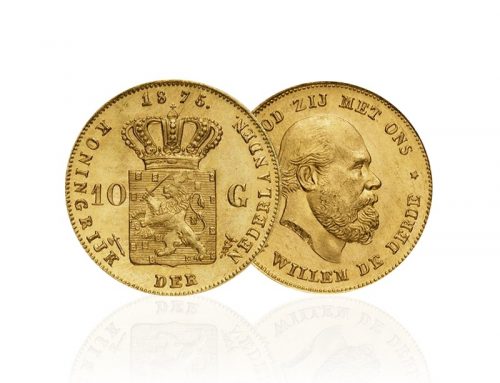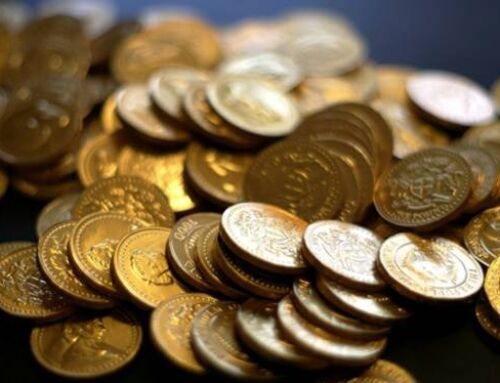The history of gold ounce and gold coins using this unit of weight
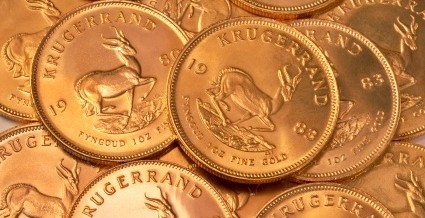
The ounce is a unit of weight and a term from the Latin UNCIA
The ounce term means twelfth part of a whole and particularly in the case of the Roman pound (LIBRA) weighing 324 grams, the Roman ounce so weighed 27 grams.
Later, Oz came into the French metric system and weighed 30,594 grams
The ounce is a unit of weight and a term from the Latin UNCIA
Then adapted troy ounce and « troy ounce » in English. Troy term appeared around 1390 describing the weight of a tray. Before the metric system, many disputes and troy weight systems were used as Holland and Troy Troy Paris.
The term Troy from perhaps a contraction of the city of Troyes name but Charles Moore Watson (1844-1916) offers an alternative origin: For the foundation of weights and measures appears the word « Troni » which refers to markets Watson. then finds the word in English dialect « troi », which means a balance (or balance), Wright dictionary.
The troy ounce was officially adopted in England in 1527 for gold and silver, and then extended to the weight and the listing of precious metals in a more general manner thereafter.
We must start from the weight of the Troy book 373.2412 gr / 12 = 31.1034768 grams for weight troy ounce.
It is amazing that one approaches the weight of the current ounce starting from the paris book weighing 489.5 grams and divided into 16 ounces or 489.5 grams / 16 = 30.5938 gr. Then there was the adoption of the metric pound weighing 500 gr. The weight of an ounce is 31.1034768 grams current X 16 = 498 gr and is very close to the metric book.
The Krugerrand
Although the unit of weight troy ounce or « troy ounce » is very old, it is surprising that the first piece created on this low was the Krugerrand in 1967.
It is actually quite sensible from the South African to create the first such reference on the weight of the quotation of gold.
The Krugerrand was first minted directly to help market South African gold and produced by the Mint of South Africa.
In 1980 the Krugerrand accounted for 90% of the global market for gold coins. The name itself is a compound of « Kruger » (the man depicted on the obverse) and « rand », the South African unit of currency. During the 1970s and 1980s some Western countries have banned the import of Krugerrand because of its association with apartheid South African government. The Krugerrand is now a popular piece among collectors and gold investors.
Krugerrand production levels have varied considerably over the last 50 years. From 1967-1969, about 40,000 coins were minted every year. In 1970 the amount was increased to more than 200,000 pieces. More than one million pieces were produced in 1974 and 1978, a total of six million Krugerrands was produced.
After the end of apartheid production fell to 23.277 pieces pieces in 1998 and since then, levels have risen again, but without reaching the levels before the international sanction on.
The Krugerrand was designed as an instrument for the private ownership of gold. An unusually for bullion coins, it was established on a gold weight and does not have a face value, the Krugerrand is a legal tender status anyway.
To this end, he was hit in a more sustainable way alloy of copper and gold in preference to gold.
Despite the legal status of the part of economic sanctions against South Africa for its apartheid policies made the Krugerrand was an illegal import in many Western countries during the 1970s and 1980. The sanctions ended when the South Africa abandoned apartheid in 1994.
In 1980 the Krugerrand accounted for 90% of the global market for gold coins. [That year, South Africa introduced three smaller rooms with a half-ounce or half Krugerrand, quarter ounce or kugerrand quarter, and tenth ounce gold Krugerrand or tenth.
The coins contain more émissent in Krugerrand 46 million ounces of gold is around 1,500 tonnes of pure gold.
The success of the Krugerrand made that subsequently many state coins have also issued documents on the basis of a fine ounce in dispute alloys.
The Maple Leaf
The gold coin « Maple Leaf » Canada is an investment gold coin that is issued each year by the Government of Canada. It is produced by the Royal Canadian Mint since 1979. She was the first piece of fine gold ounce produced.
« The Gold Maple Leaf » a legal tender. Its nominal value of 50 Canadian dollars. Its market value varies depending on the spot price of gold.
With a purity of 99.99% or 999.9 thousandth gold (24 carats), and sometimes in some cases or 99.999% 999.99 Thousandth.
This is a piece that is among the purest in official investment gold coins worldwide.
The standard version has a weight of at least one ounce troy (31.10 grams). Other sizes and denominations include 1/25 oz ($ 0.50) 1/20 oz ($ 1) 1/10 oz ($ 5), 1/4 oz ($ 10), and 1/2 oz ($ 20).
The obverse and reverse of the Maple Leaf gold watch, respectively, the profile of Elizabeth II and the Canadian maple leaf. In 2015, the new securities were introduced: radial lines and a laser mark micro-engraving.
On May 3, 2007, the Royal Canadian Mint unveiled a gold coin « Maple Leaf » or « Maple Leaf » with a nominal value of $ 1 million and a gold value in excess of $ 2 million. It measures 50 cm in diameter and 3 cm thick and has a weight of 100 kg with a purity of 99.999%. The artist Stanley Witten.
The Chinese Panda
Chinese gold panda is a series of gold bullion coins issued by the People’s Republic of China. The official from the China Mint has presented the Panda gold bullion coins in 1982. The panda design changes every year (with one exception) and Panda gold coins come in different sizes and versions, ranging 1/20 troy ounce 1 troy ounce (and the biggest too). There are also a series of silver panda emitted with the same characteristics as the Panda gold coins.
China issued its first gold coins depicting a Panda design in 1982, in sizes of 1, 1/2, 1/4, and 1/10 of an ounce Troy 999.0 fine gold while Maple Leaf is 999.9 fine gold. In 1983 another size was added – 1/20 oz Large Panda coins were issued in a few years, weighing 5 and 12 oz
These popular coins are issued in Proof quality brilliant uncirculated with a different design each year. A gel design was announced with questions-2001 and so the 2002 Pandas were identical to 2001. But collectors spoke in favor of annual changes, and China returned to its original policy. There are several workshop producing these parts, including but not limited to: Beijing, Shenzhen, Shanghai and Shenyang. Unlike parts made by American workshops which marks the workshop with the symbol of the city to distinguish their origin, Chinese workshops usually use no mintmark. In some years, there are minor variations in the size of the date, the temple style, etc., in the design of parts that allow the original Workshop be determined.
American Eagle
The American Eagle is emitted from 1986 and offered in 1/10 oz, 1/4 oz, 1/2 oz and 1 oz, these parts are guaranteed by the US government to contain the stated amount of gold actual weight in troy ounces.
By law, gold must come from American mines, combined with silver and copper to produce a stronger piece to wear. That silver content is 3% and makes it less red color as the Krugerrand who Contains no money.
The 22 kt gold alloy is an English standard traditionally called « the gold of the crown. » Crown gold alloys were not used in US coins since 1834, with gold content having dropped since 1837 to a level of 90% for US gold coins. To The American Eagles, the alloy of gold was again increased to 91.67% or 22 carats. It is authorized by the United States Congress and is evidenced by the currency of the United States for weight and content.
The reverse design is « Lady Liberty » walking with confidence against the sun, carrying a torch and an olive branch. The reverse of the coin is equally beautiful, showing a male flying eagle carrying an olive branch to the nest, where a female is waiting with her baby.
THE NUGGET
The Australian Gold Nugget is a gold coin minted by the Perth Mint. The coins were minted in denominations of 1/20 oz, 1/10 oz, 1/4 oz, 1/2 oz, 1 oz, 2 oz, 10 oz and 1 kg with a purity of 24 carats of gold or 99.99%.
They have a status and legal tender in Australia and are one of the few gold coins which are legal tender gold to change their design every year, another being the Chinese Gold Panda. This and their annual limited edition can, unlike many other bullion coins, numismatics increase their value relative to the value of gold used.
Gold Nugget series was introduced in 1986 by Gold Corporation, a company wholly owned by the Australian government, more commonly known by its trade name « Perth Mint ».
This gold currency issue has two unique characteristics: an effect « two-tone » with a design with sandblasted effect, and individual hard plastic encapsulation of each piece that protects its composition of fine gold from knocks and scratches. These features were unusual for a standard bullion coin and gave the Nugget a unique market niche.
From 1986 to 1989, on the reverse of these coins has been reproduced various Australian gold nuggets. With the 1989 edition, the design was modified to feature different Kangaroos, one of the most recognized symbols in the world to Australia.
The Philharmonic from Austria
The Vienna Philharmonic coin is struck in pure gold 999.9 end (24 carats) in 1989.
It is issued every year in four different face values, sizes and weight. It is used as an investment product, even if it inevitably ends up in private collections. According to the World Gold Council, it was the gold coin most sold worldwide in 1992, 1995 and 1996.
On another side, one can see a set of musical instruments representing the Vienna Philharmonic, and the text « Wiener Philharmoniker » (Vienna Philharmonic).
The subject of the obverse is the largest organ of its large
Vienna concert girl who the concert hall of the Vienna Philharmonic. The face value is recorded in euros, weight, purity of the alloy and the year of issue are also inscribed on this side of the room.
Since 1 February 2008, the coin was also minted in silver. The design of the coin is identical to that of the gold medal, with the exception of its nominal value of 1.50 euro.
